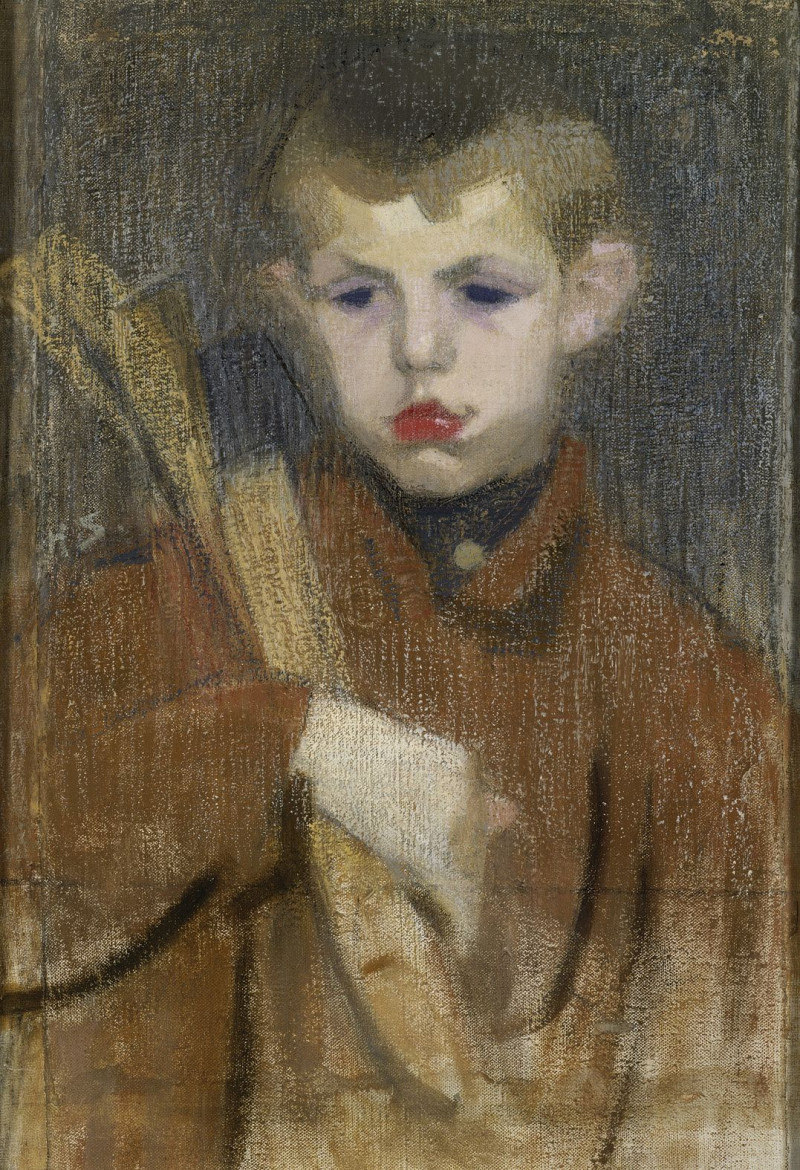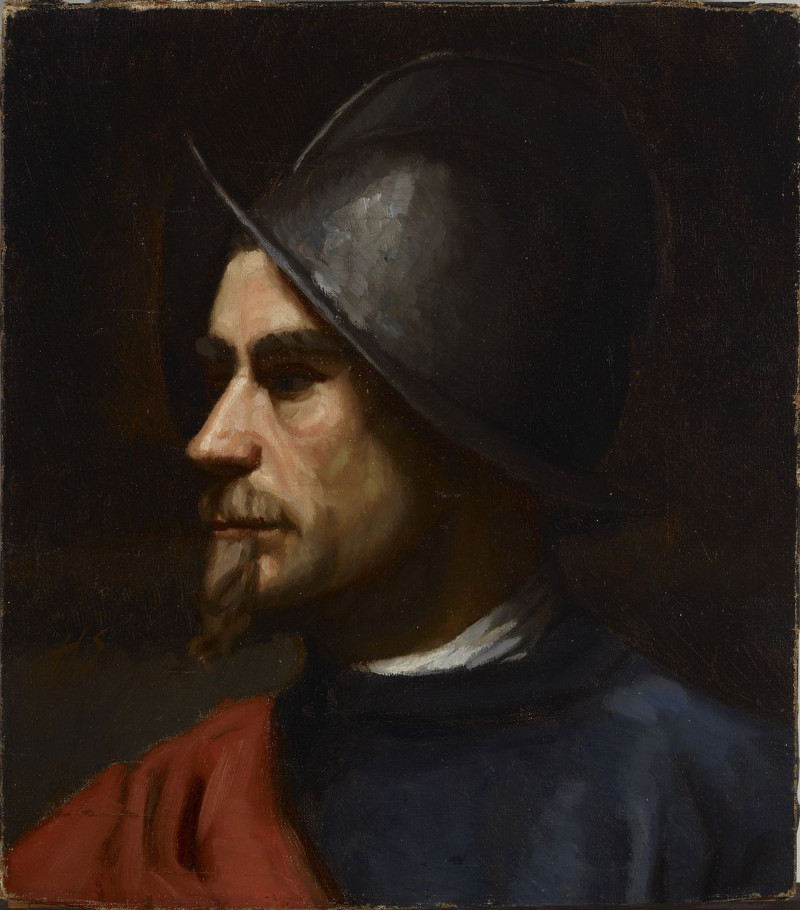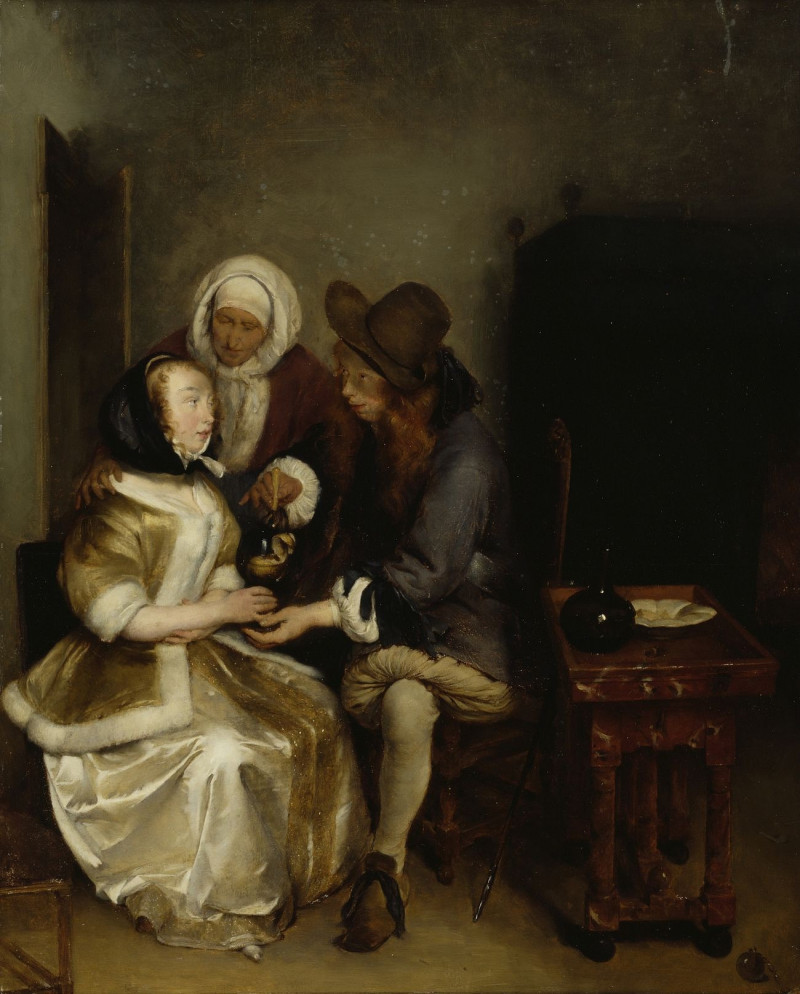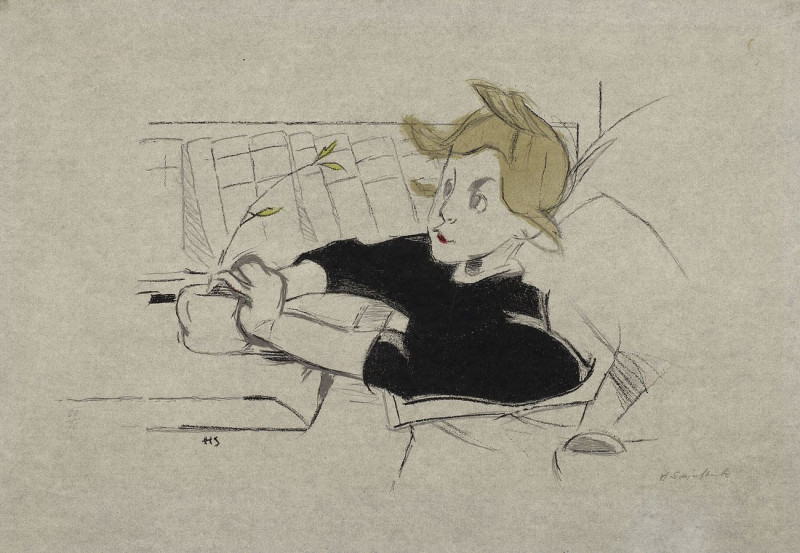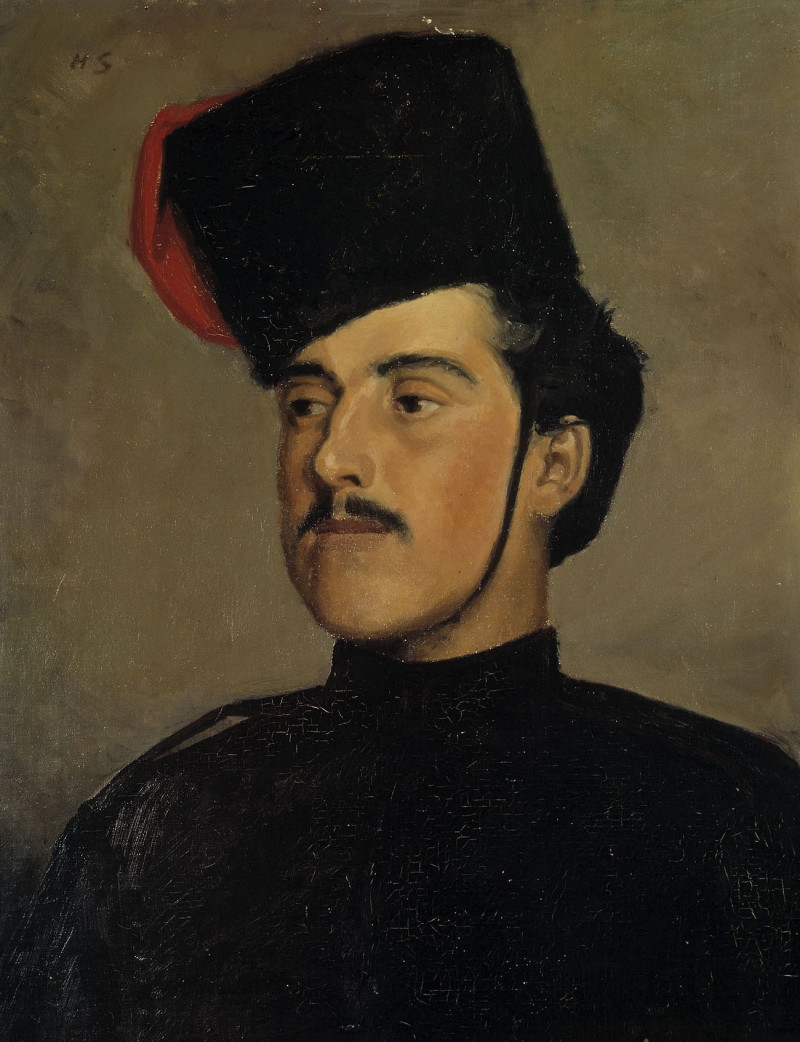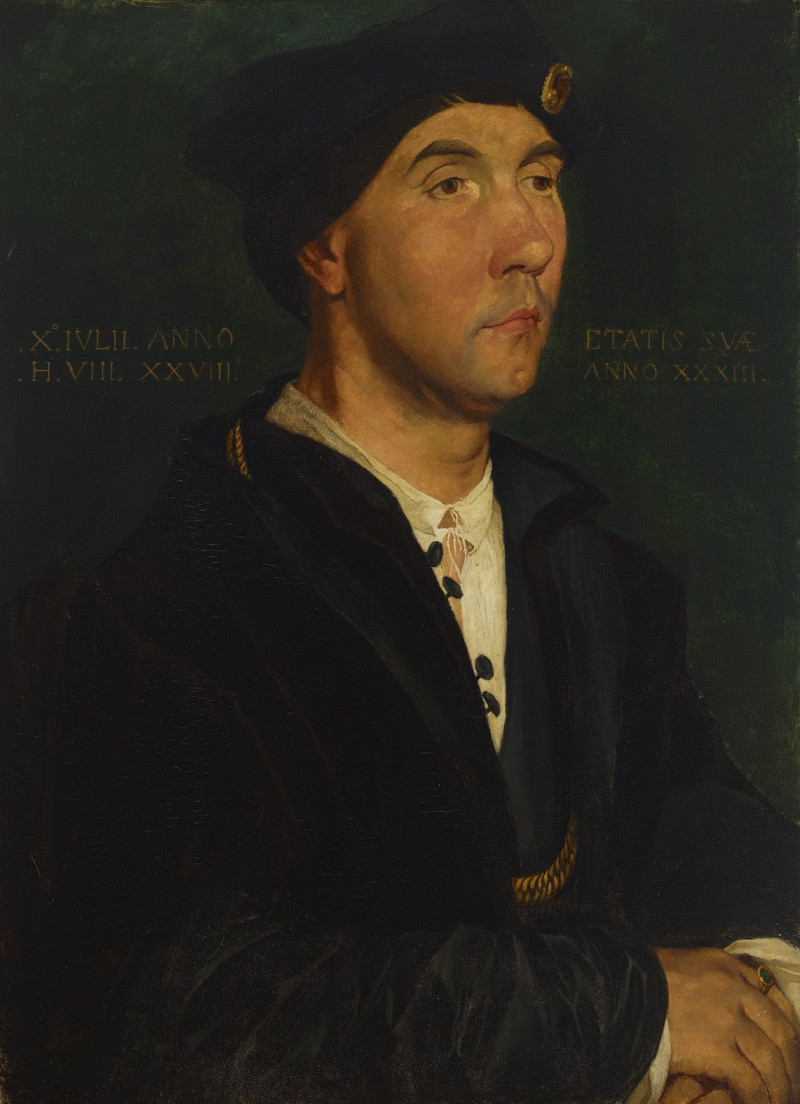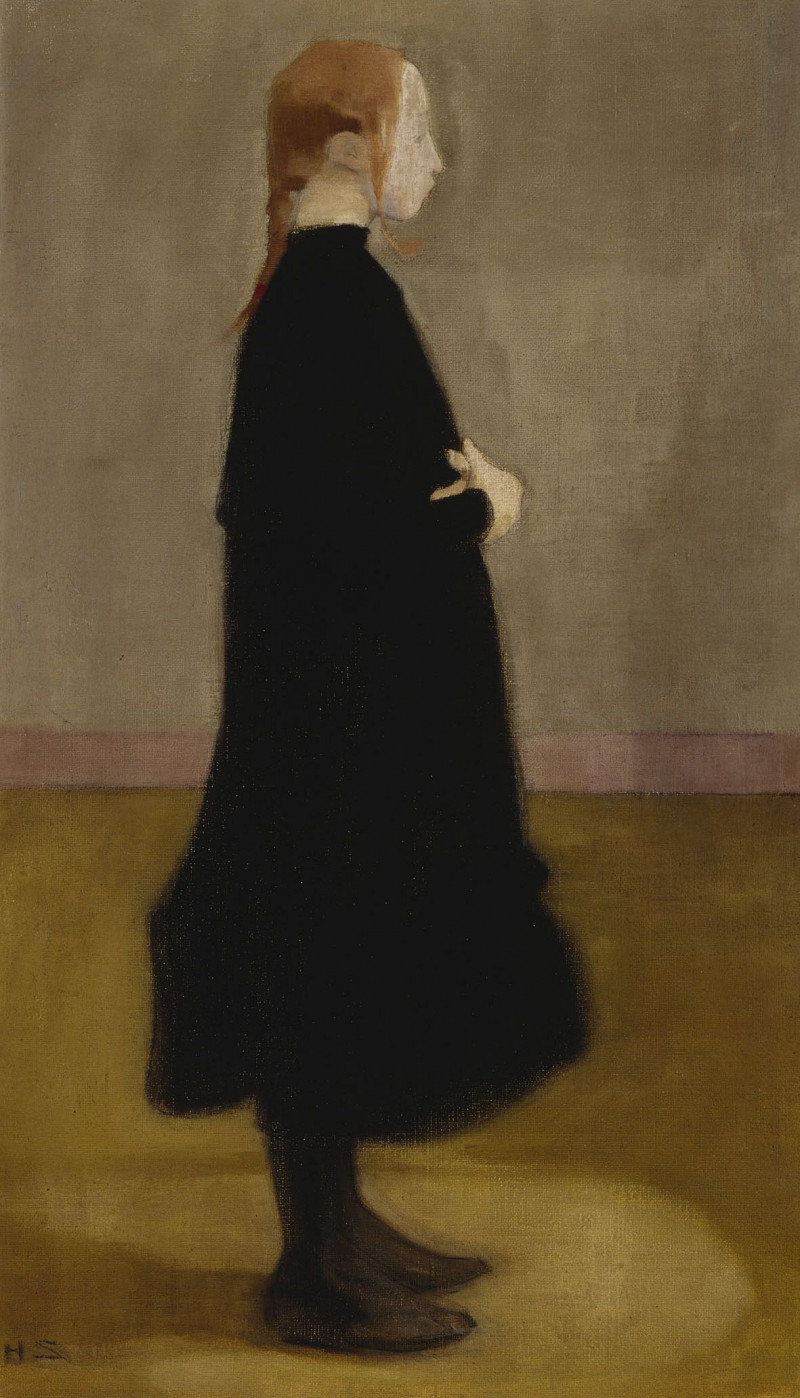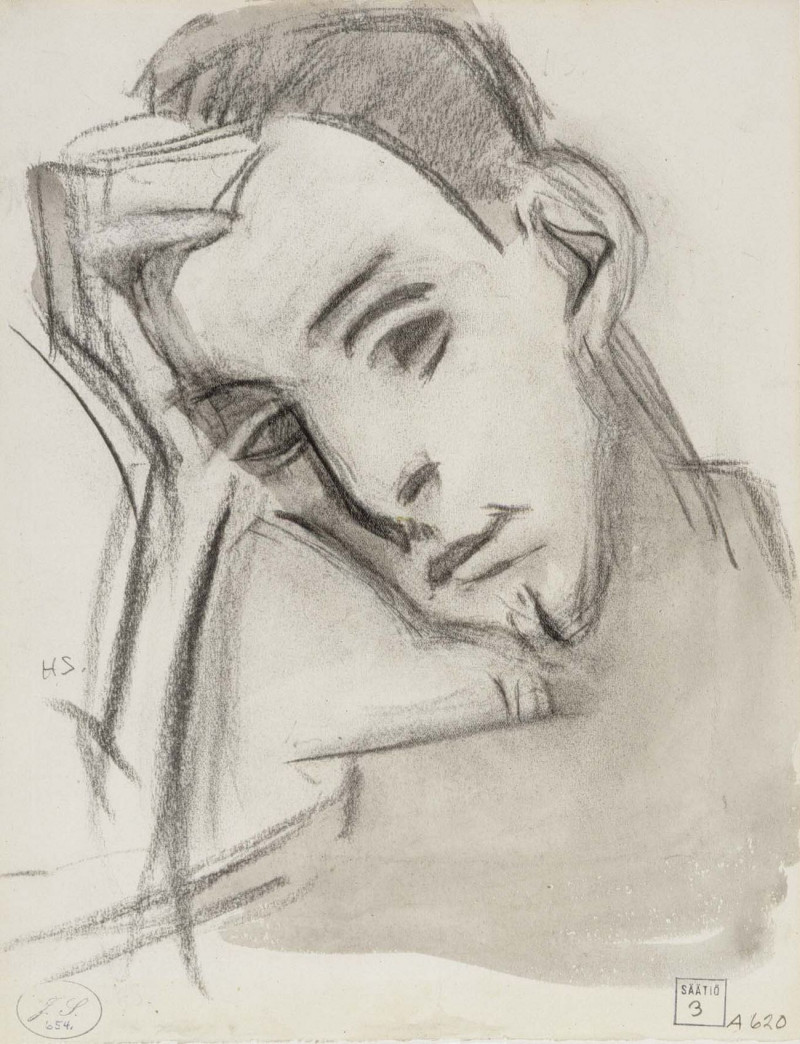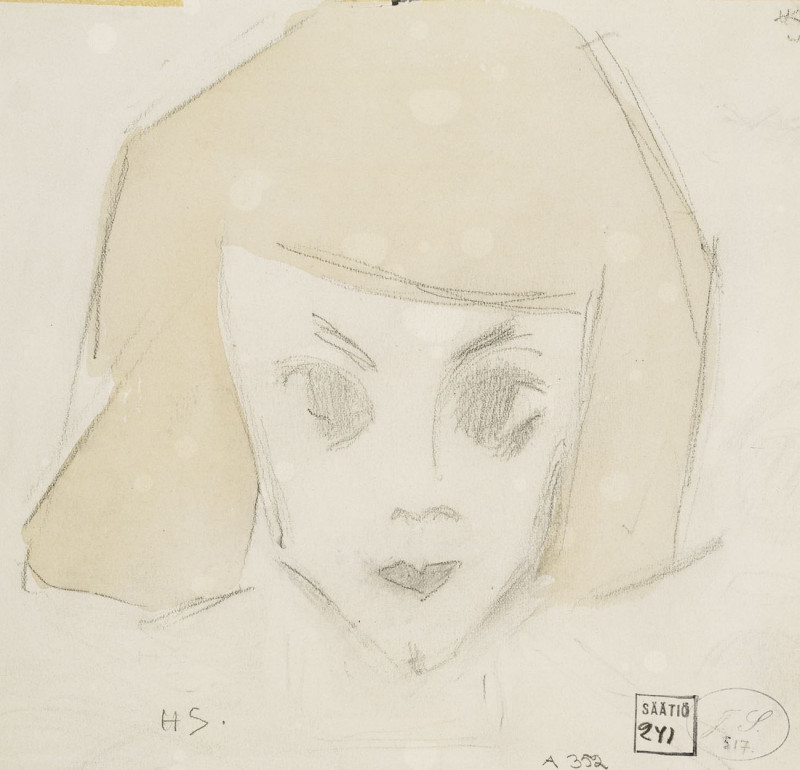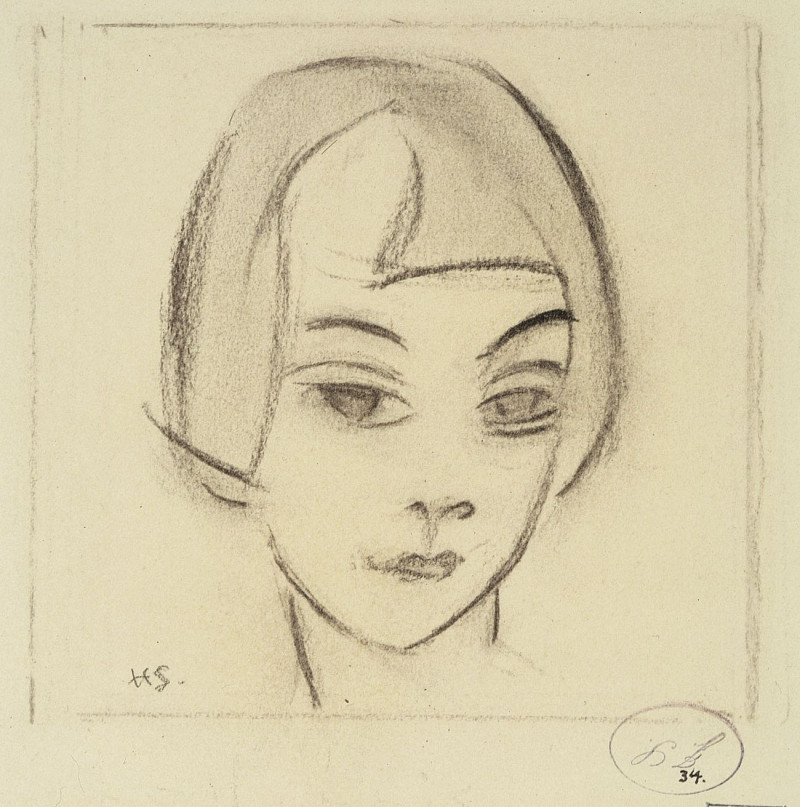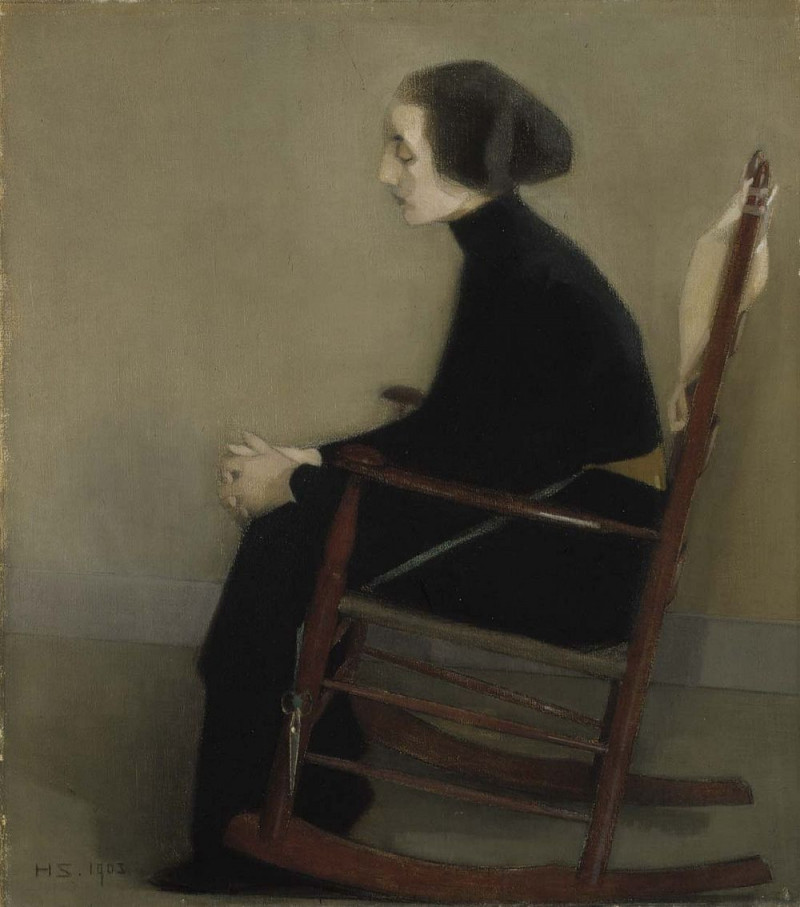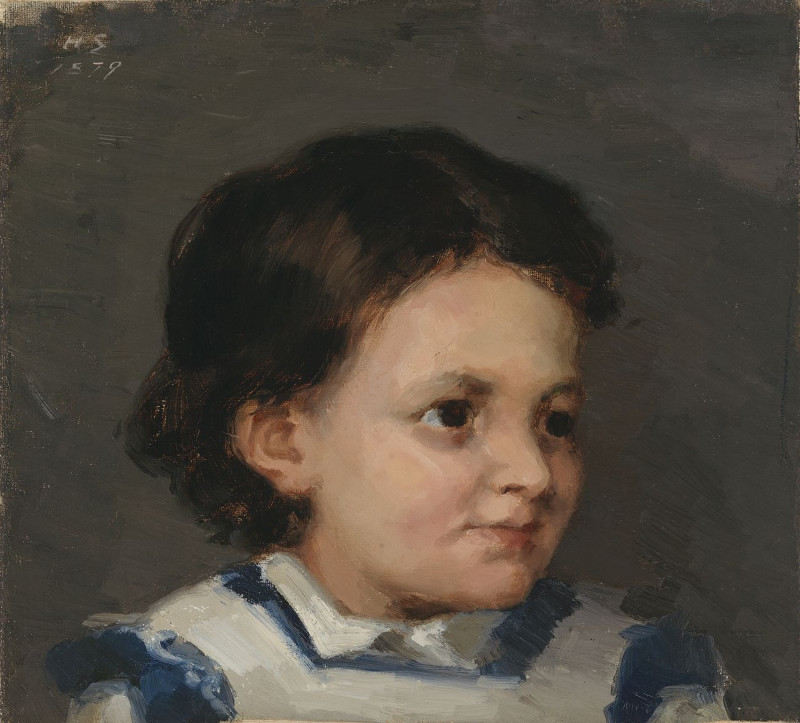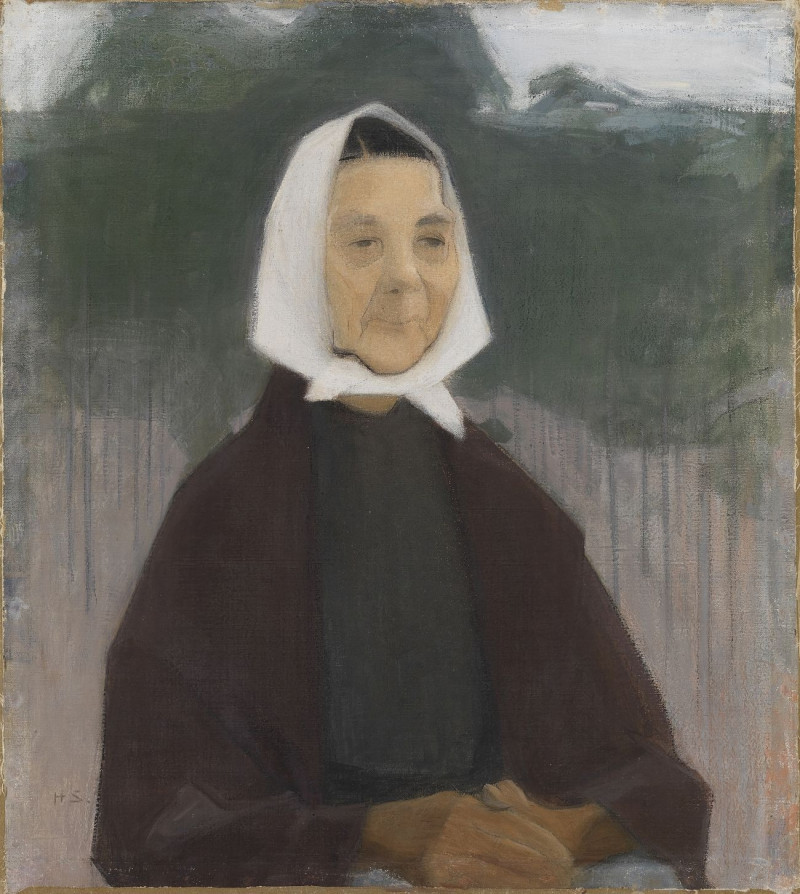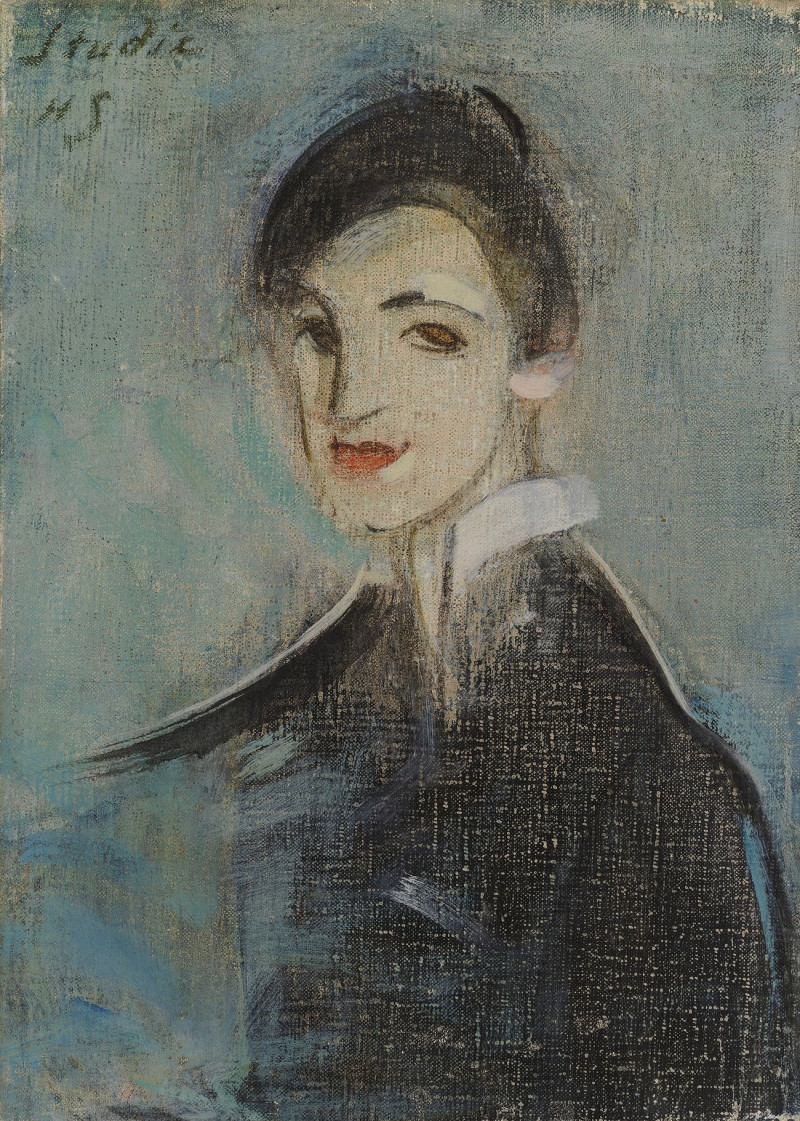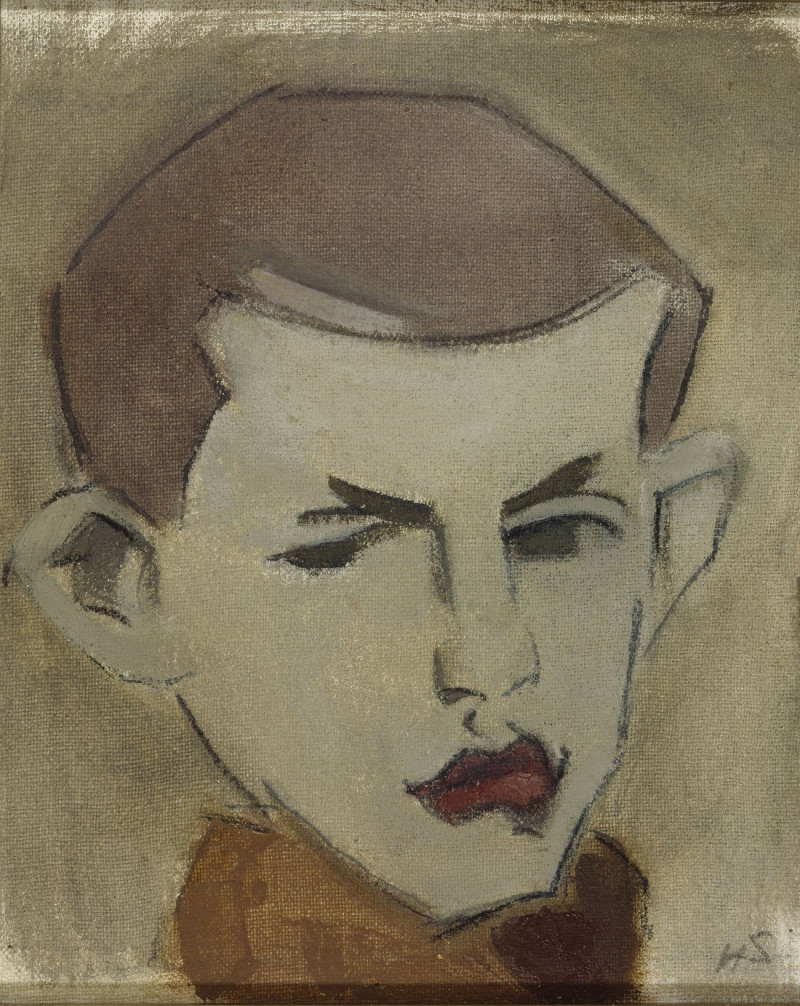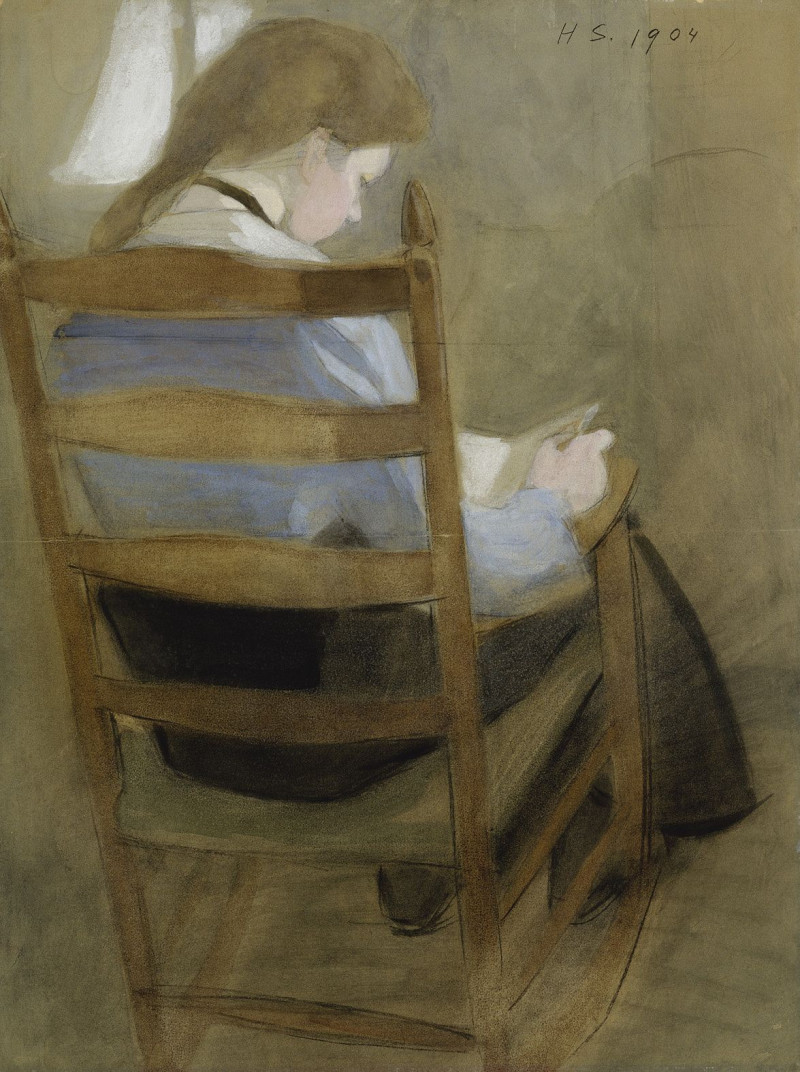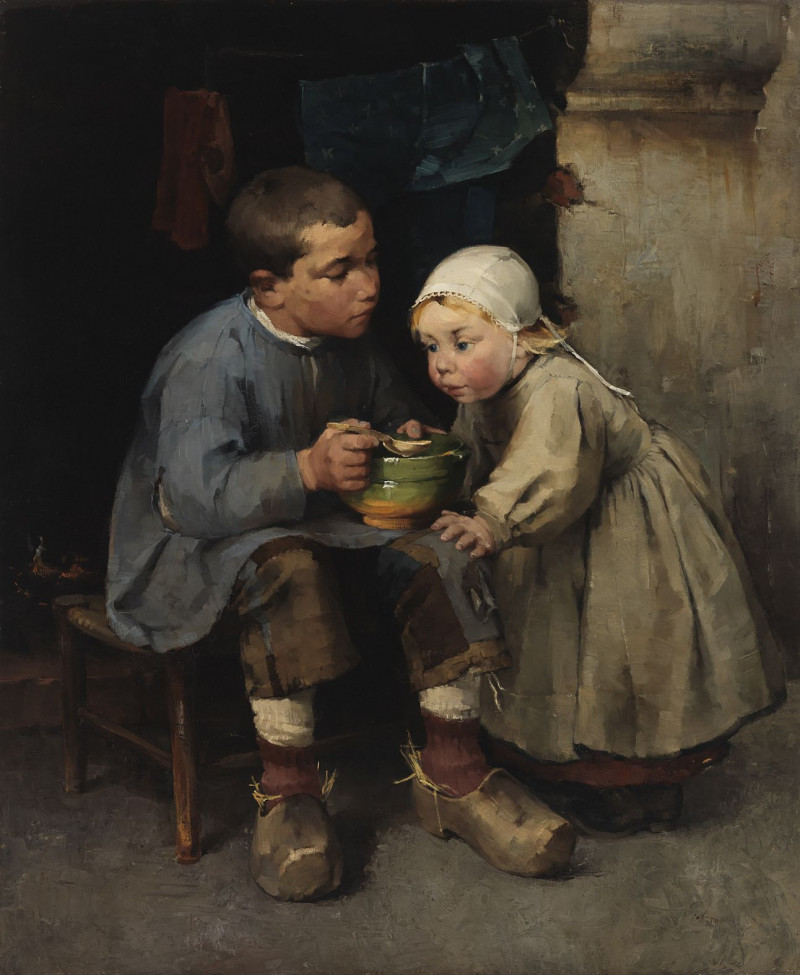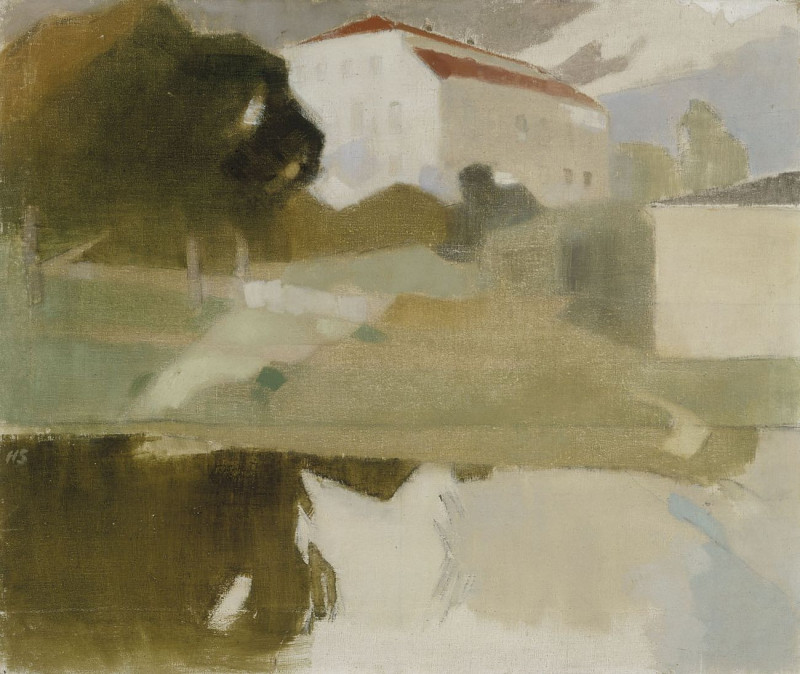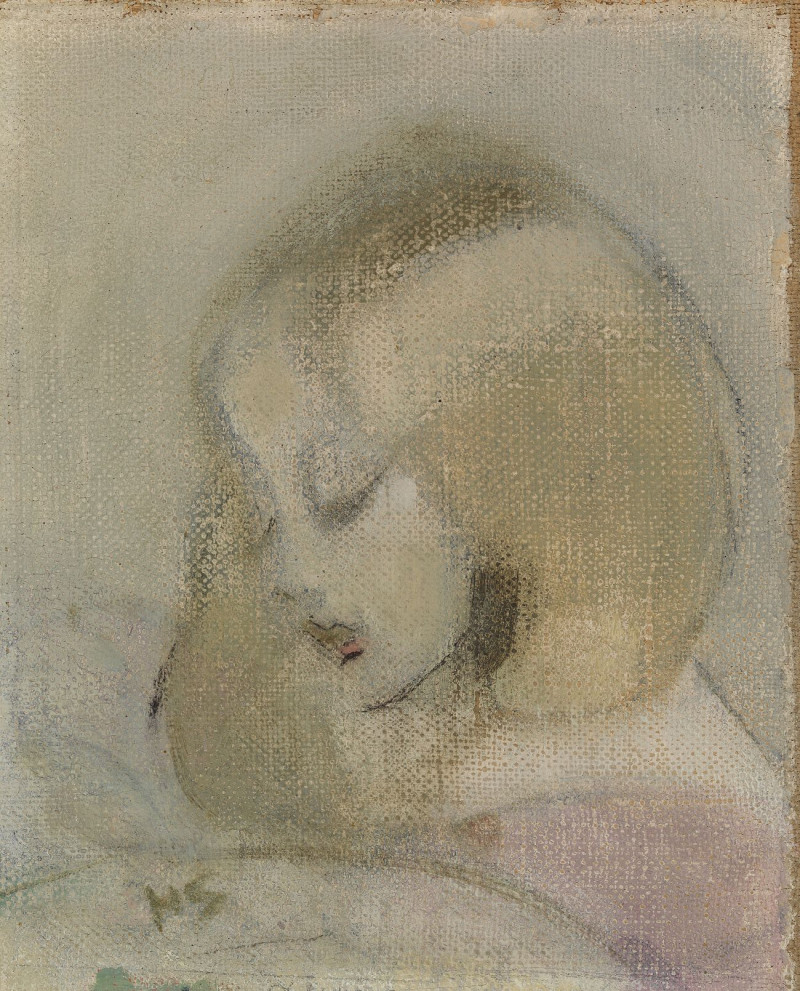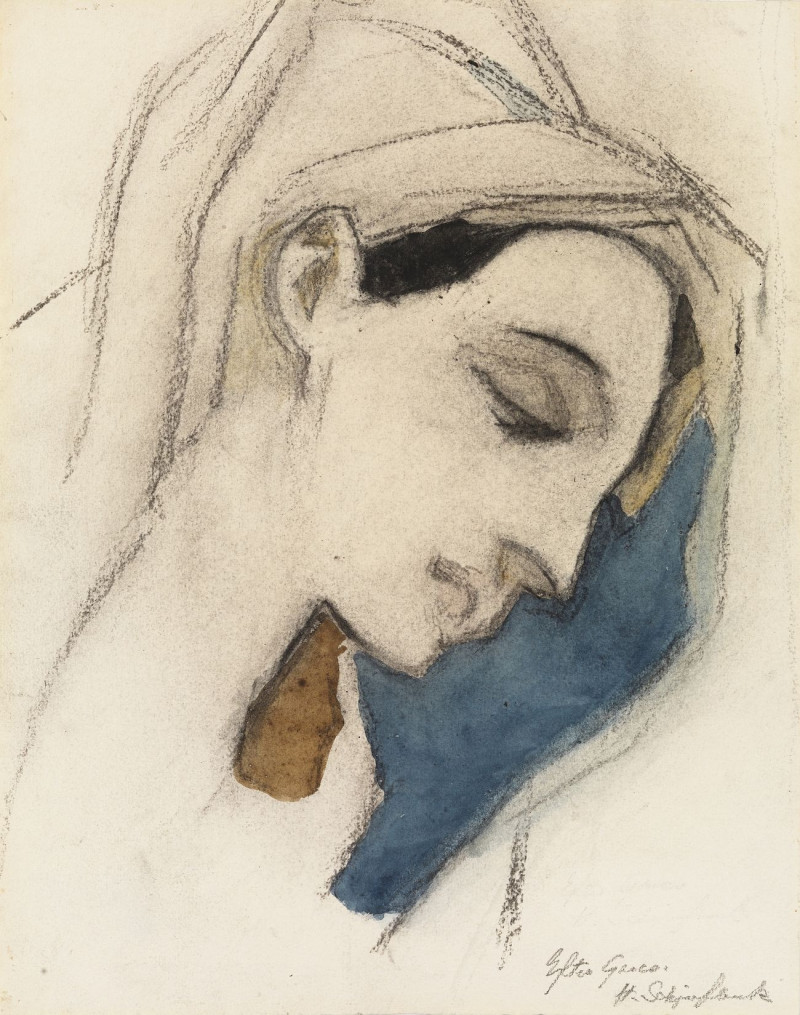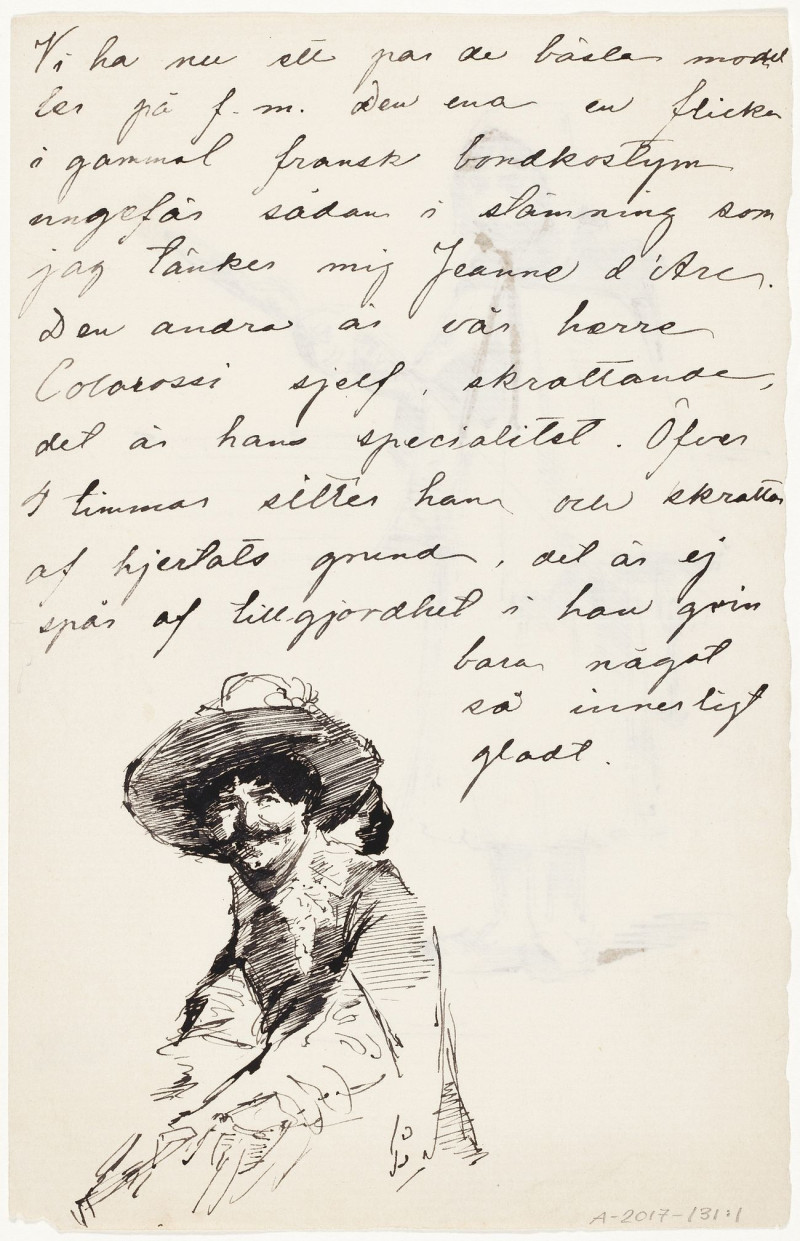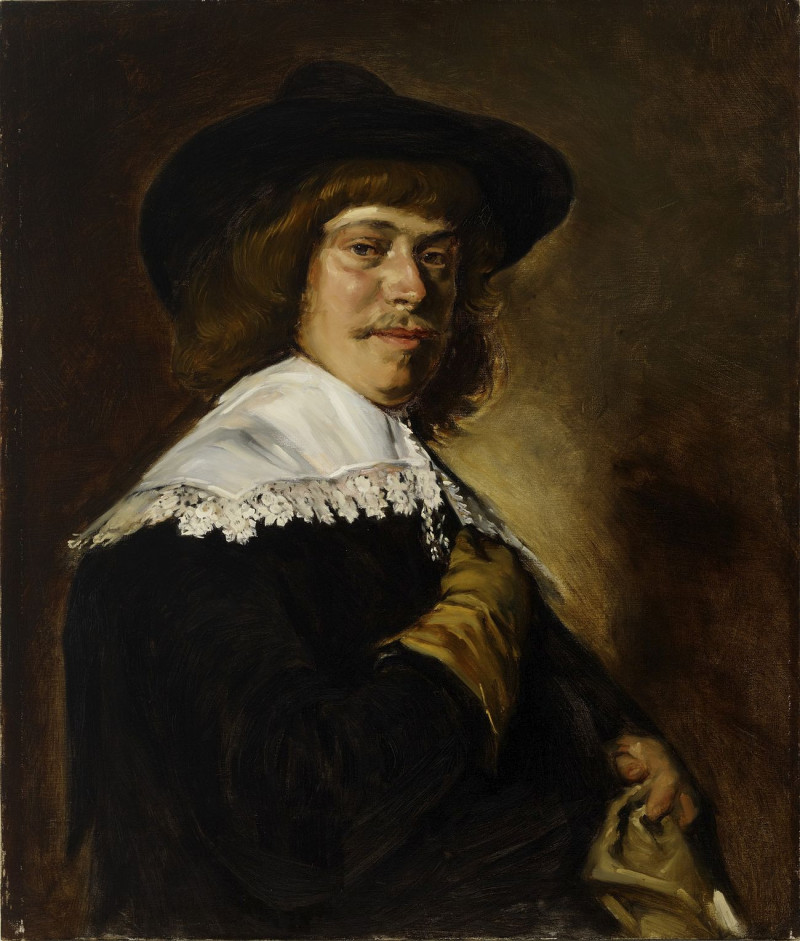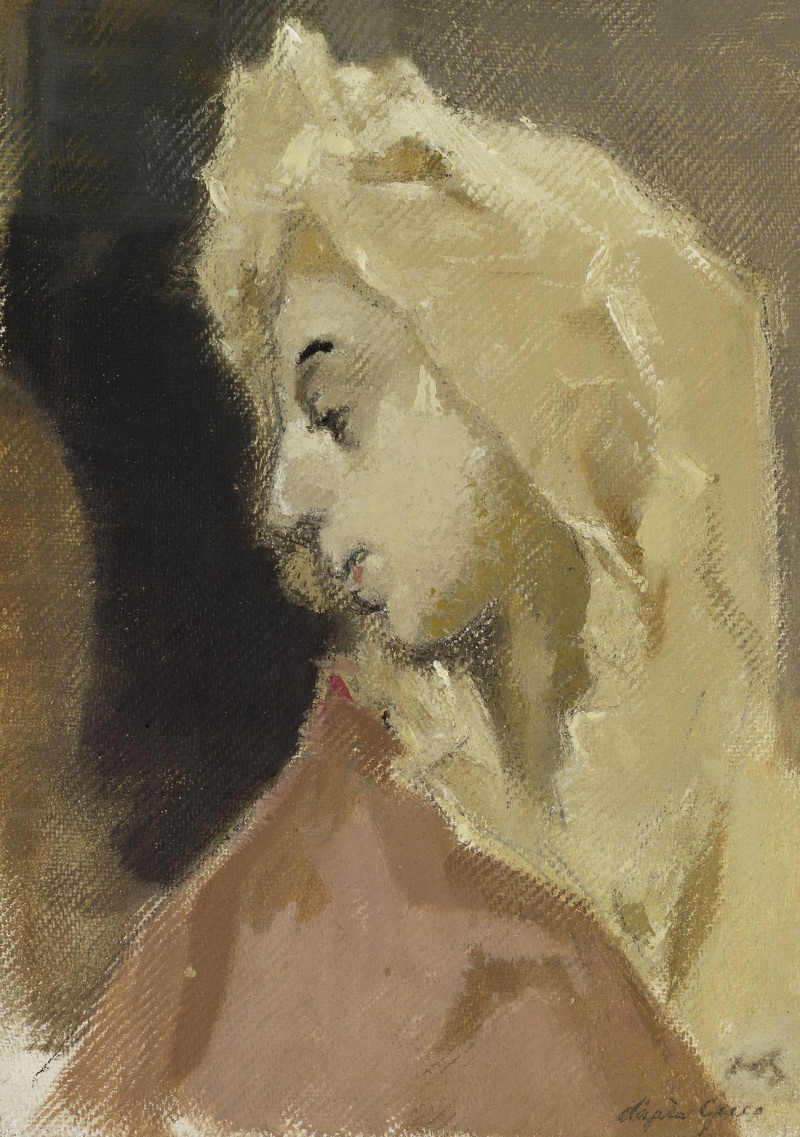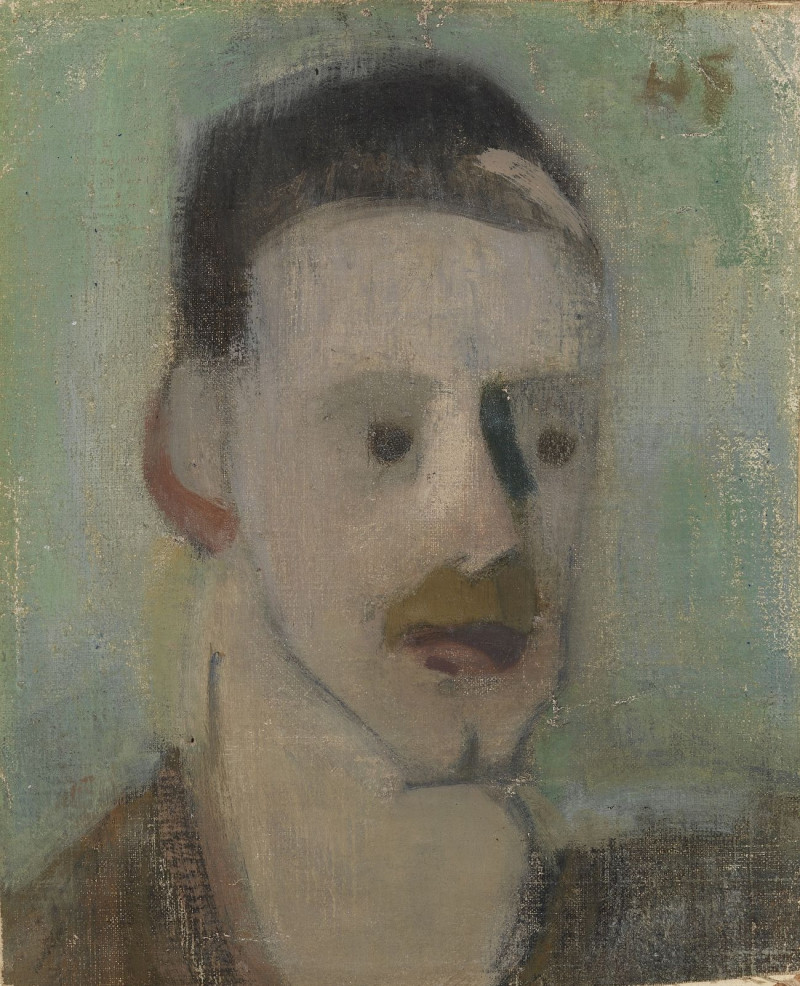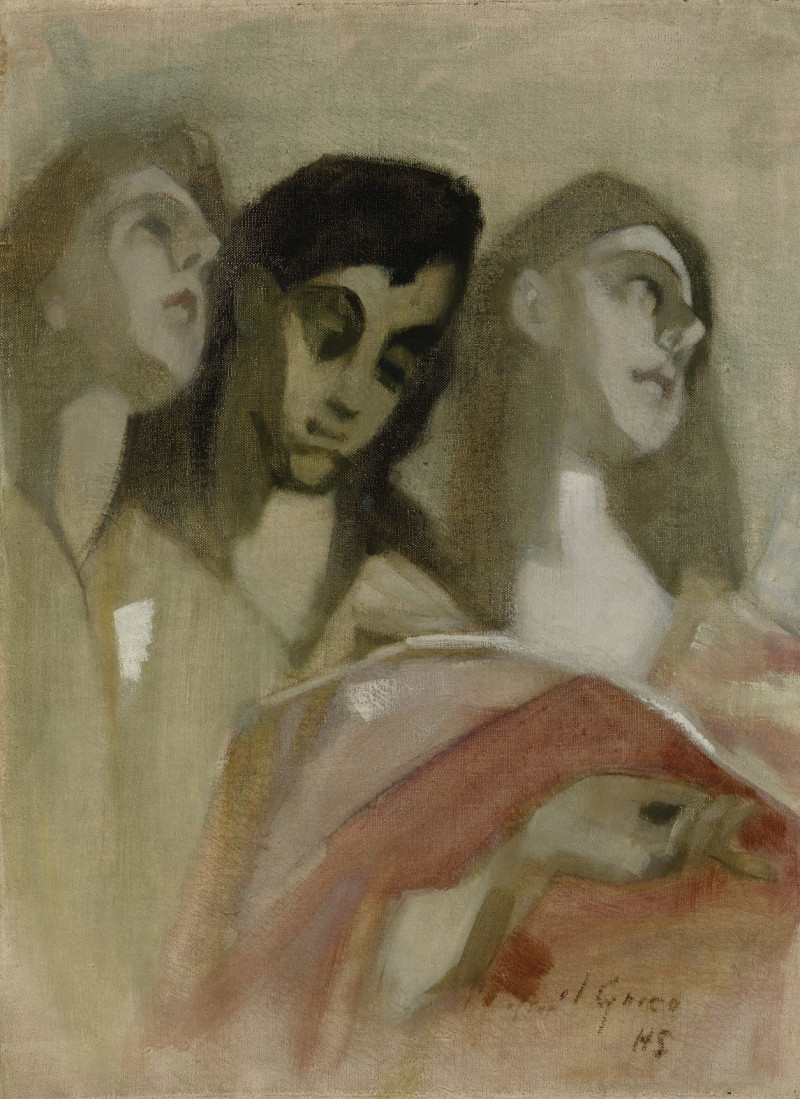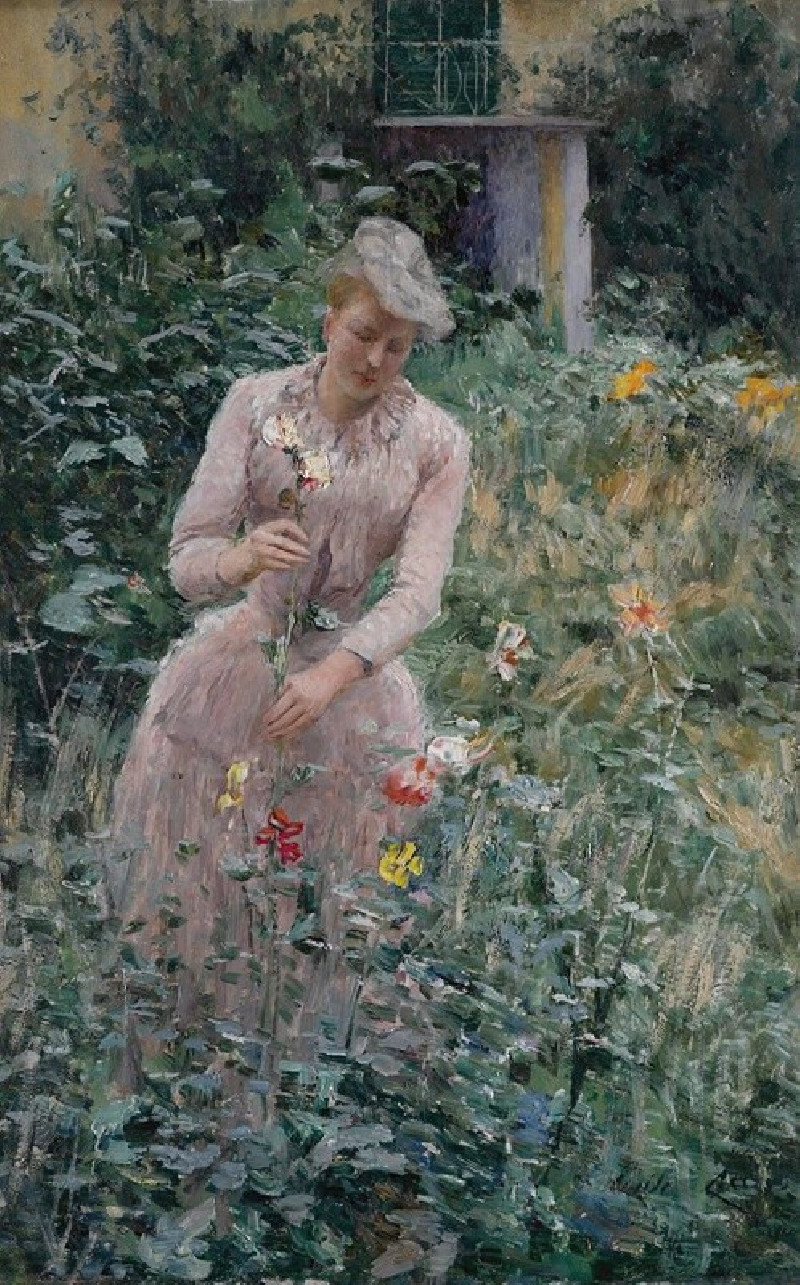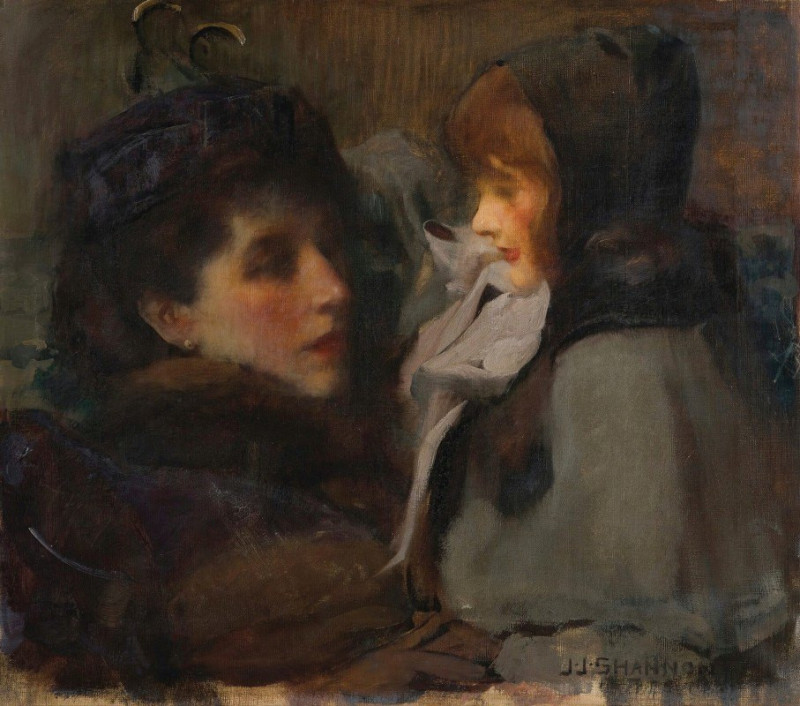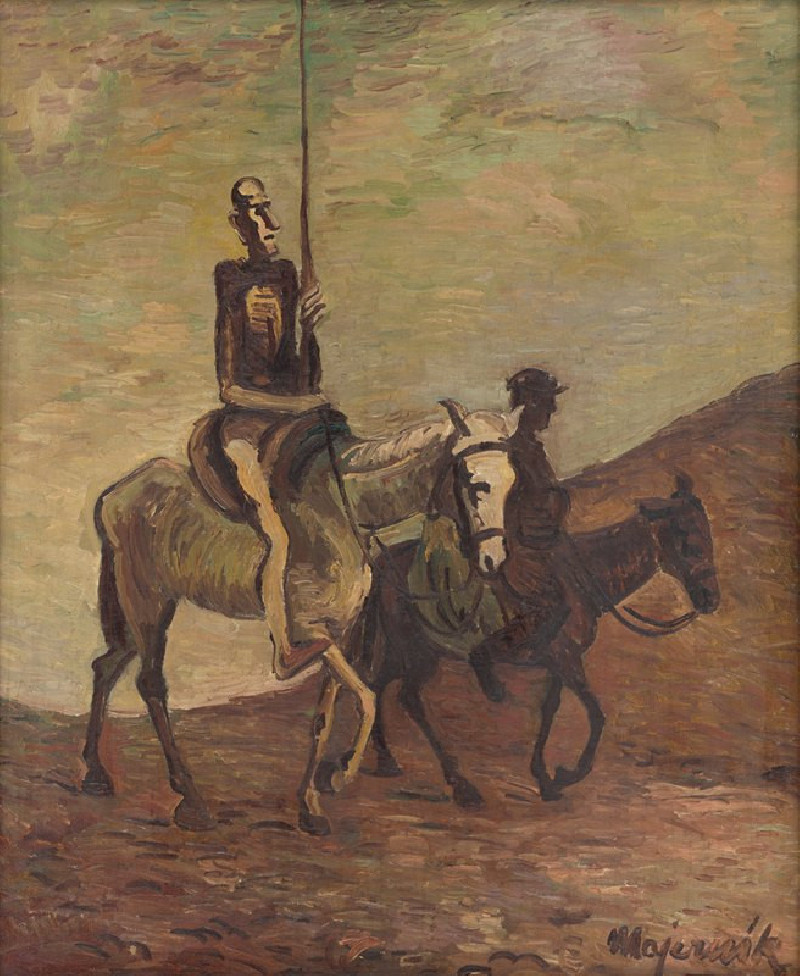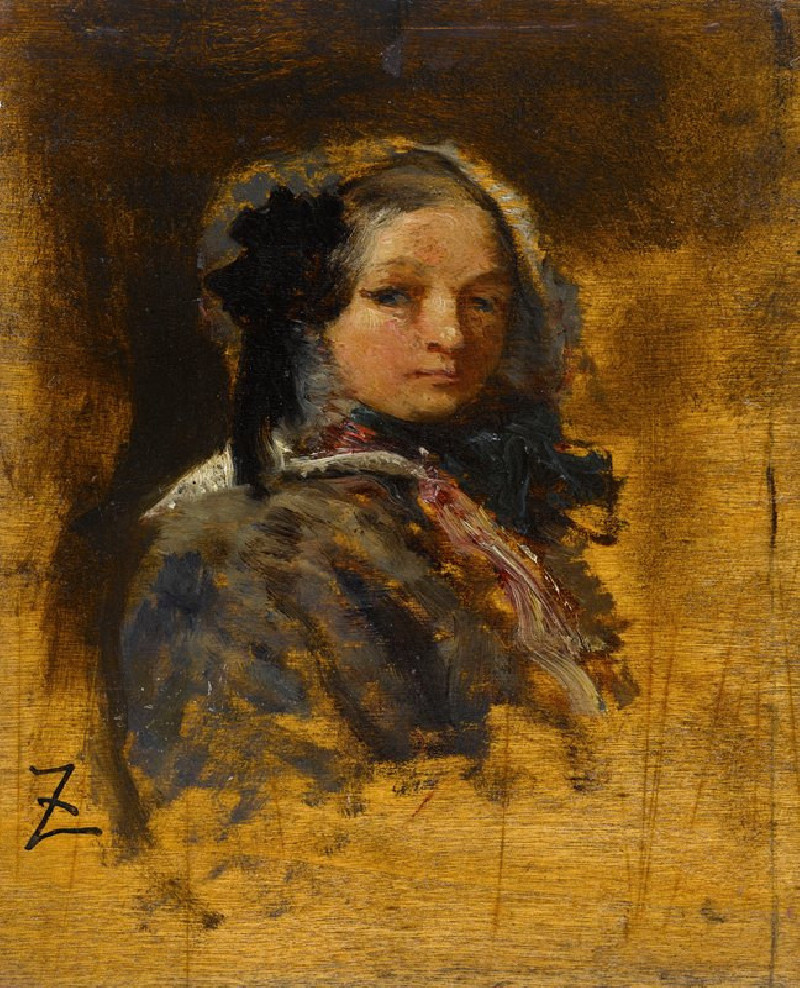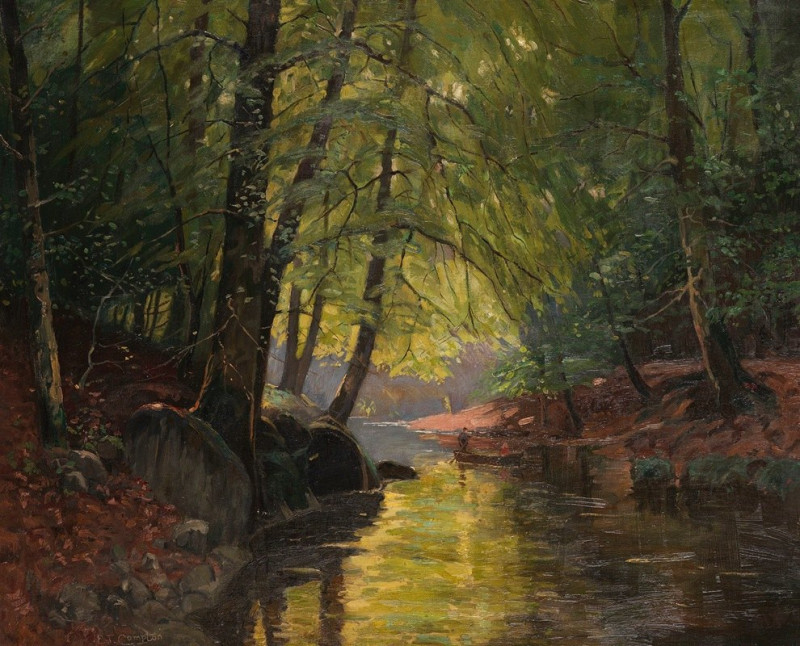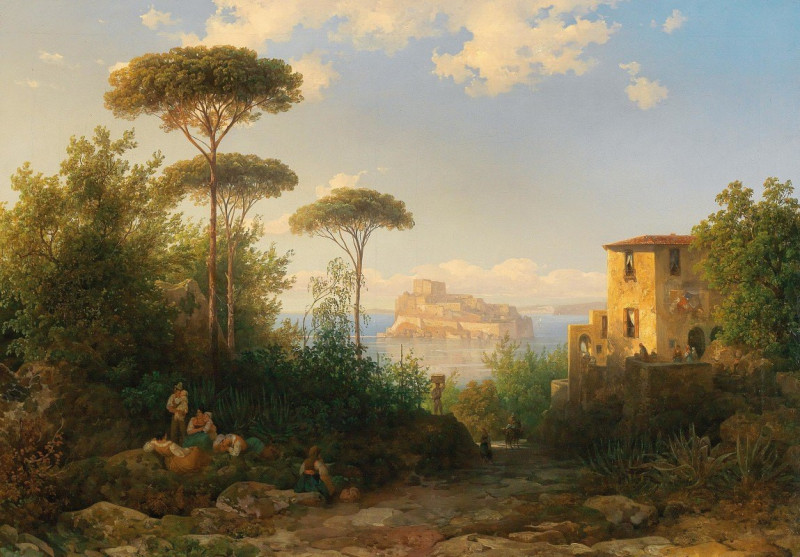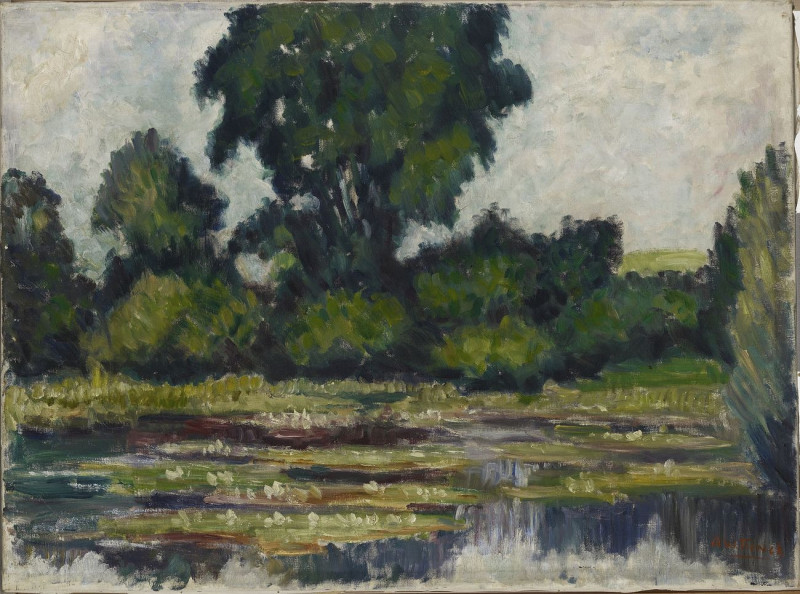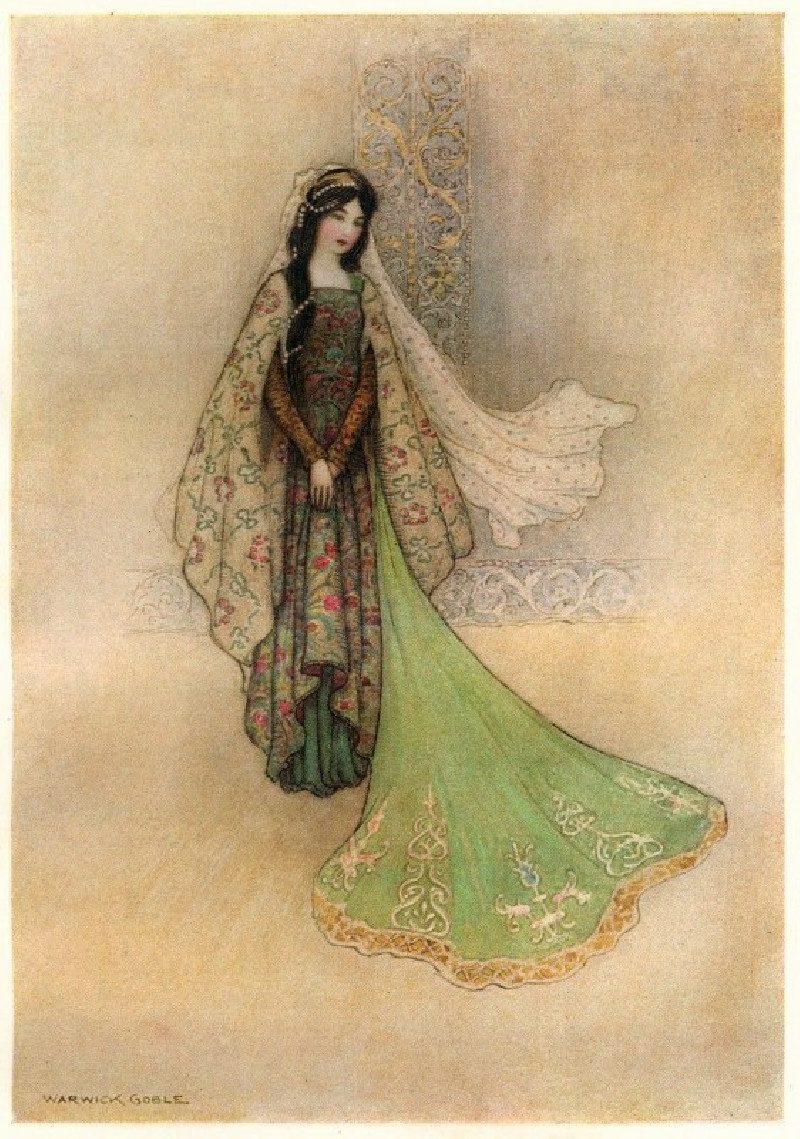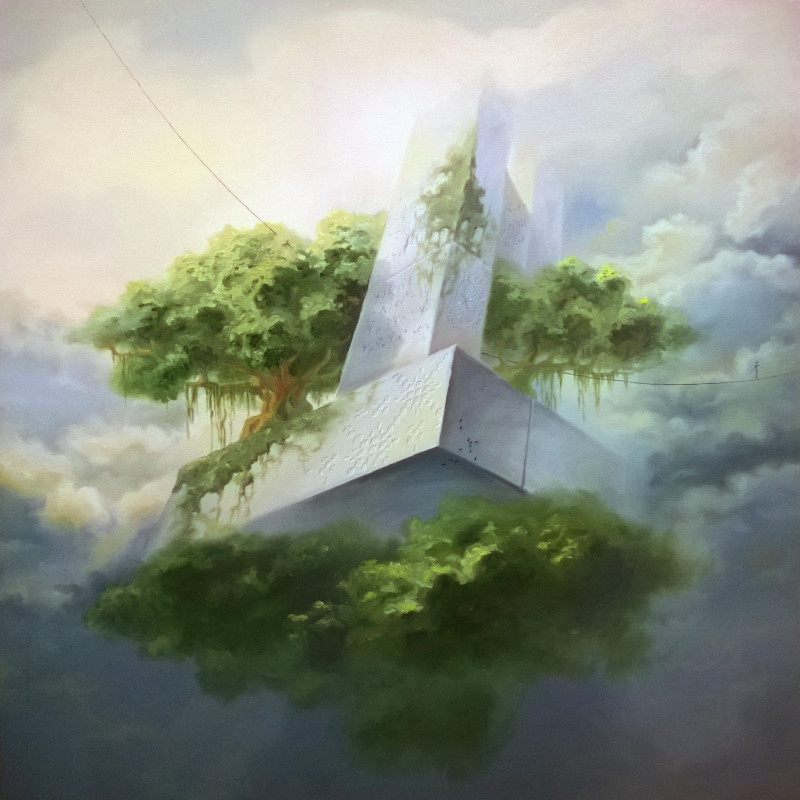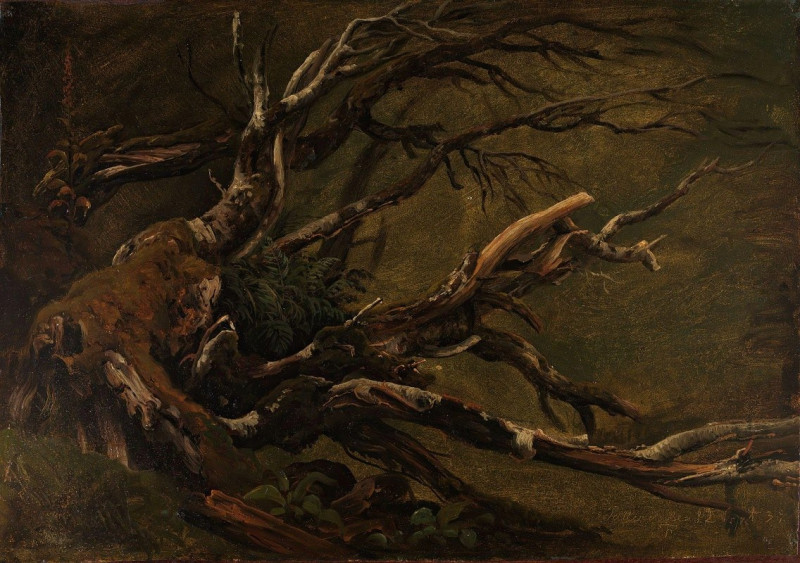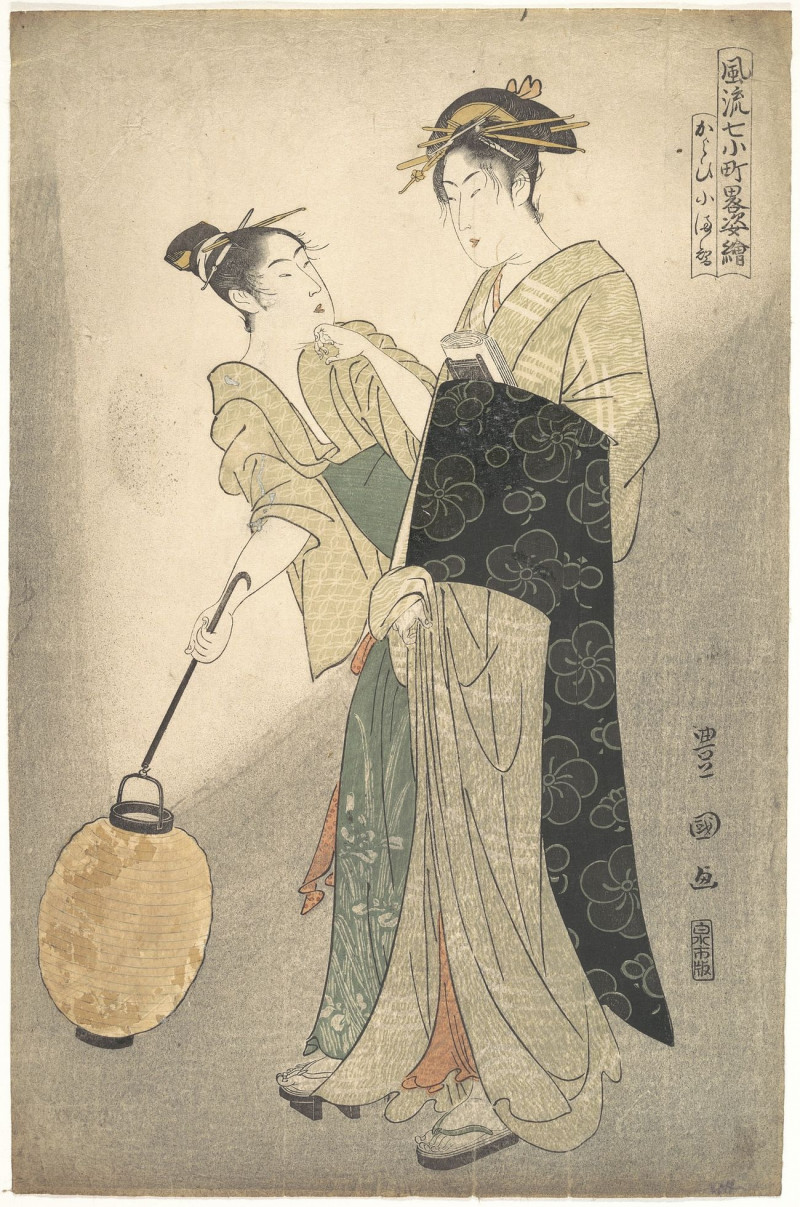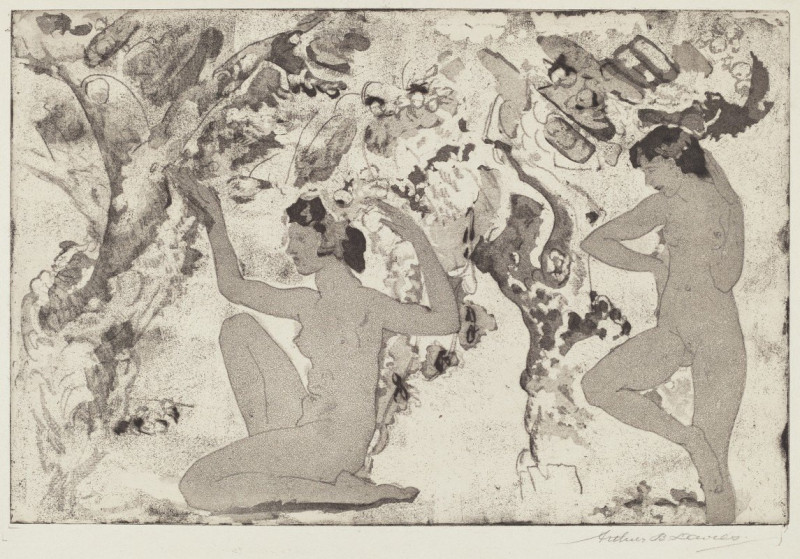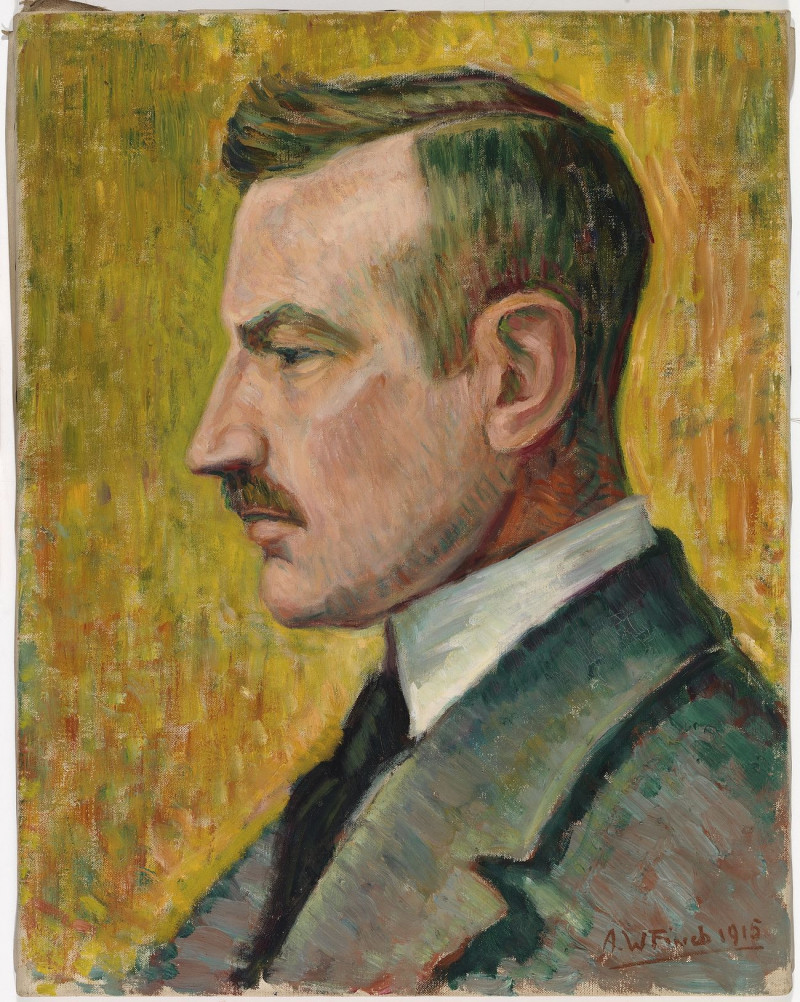The Woodcutter I, 1910 - 1911
Technique: Giclée quality print
Recommended by our customers
More about this artwork
"The Woodcutter I" by Helene Schjerfbeck is a compelling portrait of a young boy, evoking a deep emotional and introspective atmosphere. Painted in the years 1910-1911, the artwork features a boy with a somber expression, his eyes cast downward. The boy is holding possibly a bundle of sticks or some kind of tool relevant to woodcutting, aligning with the painting's title.Schjerfbeck has used muted colors and soft brushstrokes to depict the boy's features and attire, creating a sense of gentle melancholy and contemplation. His coat is roughly textured, suggesting a rustic environment or outdoor work. The background is indistinct, focusing the viewer's attention on the boy's face and the implements he holds.The painting's austere mood and soft, blurred lines contribute to its impressionistic style, which Schjerfbeck is known for. The work may interpret themes of labor and youth, hinting at the burdens or responsibilities resting on the young boy's shoulders. This emotional depth is typical of Schjerfbeck's ability to capture the human condition through her art.
Delivery
Returns
Helena Schjerfbeck (1862-1946) was a Finnish painter and one of the country's most significant artists. Born in Helsinki, Schjerfbeck began her artistic education at a young age and quickly developed her skills as a painter. She soon gained recognition for her realistic portraits of women and children, which were characterized by a sense of intimacy and melancholy. After studying in Paris in the late 1880s and early 1890s, Schjerfbeck returned to Finland and began to experiment with more modern styles and techniques. She became a leading figure in the Finnish art scene and exhibited her work regularly throughout the country.

